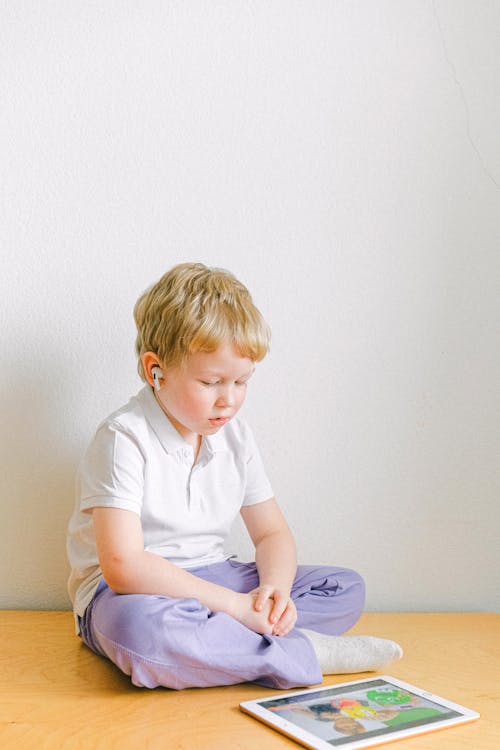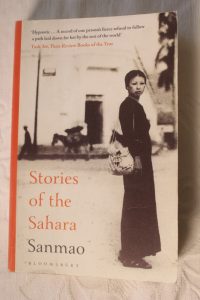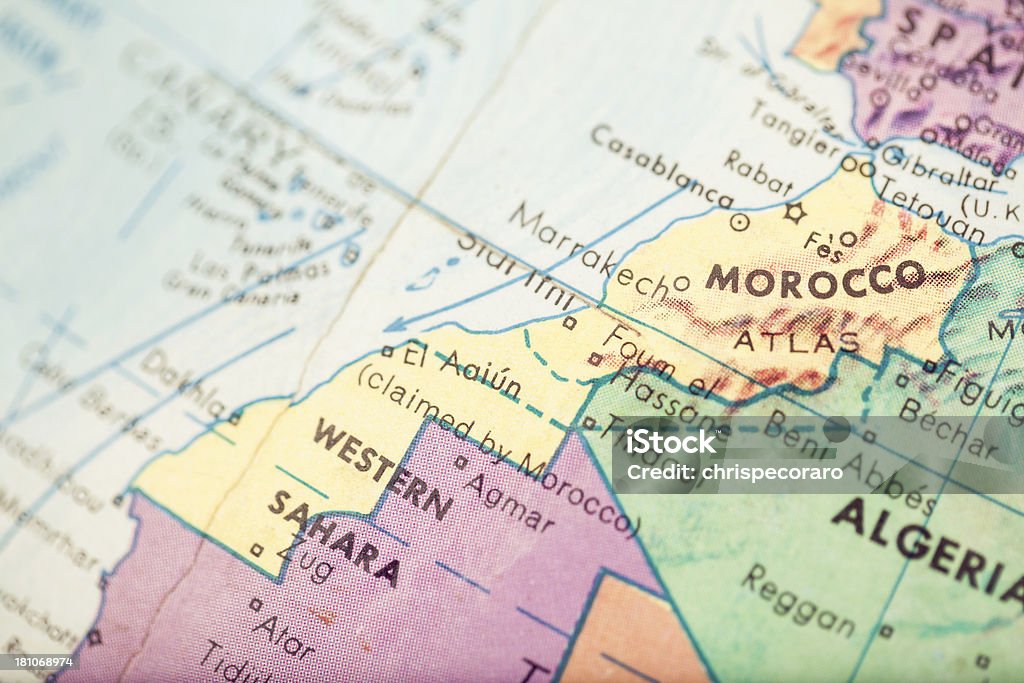COMPUTERS IN JUNIOR CLASSROOMS


Image Pexels
Western Australians are currently enjoying two weeks of school holidays. I enjoy the holidays, too, despite not having school aged children because I catch up with several groups of friends I have taught with at four different schools. Three of those groups are involved in primary school education.
There is one constant concern expressed by these teachers; learning is prescriptive, online and difficult to assess. Many learning areas are totally digitalised and children work on their devices alone. It has long been known children develop writing and spelling skills by actually sounding out and writing words. The physical involvement reinforces and embeds the skill. Self correcting digital programs do not require nor develop these cognitive skills.


Image Pexels
So I was interested to read that Sweden’s Minister For Education, Lotta Edholm, has recently announced a plan to reduce the use of computers in primary schools. This follows Sweden’s poor score in the Progress in International Reading Literacy Study . This indicates Sweden’s performance has declined from high to intermediate in the past five years. The test measures the reading comprehension of 9 – 10 year olds.
Computers are everywhere and will be part of everyday life in all areas. Children will become adept at using them without missing out on standardised learning objectives, the current trend. The article refers to comments by Isobel Dans, Professor, University of Santiago and researcher in Diadactics and Digital Education. She says “Screens are everywhere. What is a mistake is to link them to more traditional learning without assessing their usefulness.”


Image Pexels
I know many experienced junior primary teachers in Western Australia who would agree!
Further information SOURCE
THE MOST LIVABLE CITIES IN THE WORLD
According to the Economist Intelligence Unit, Vienna is the most livable city in the world. Vienna has won this award several times in the past five years. The city is recognised for its stability, infrastructure, culture and entertainment and education. Return to order after the covid-19 pandemic was also considered. Improvements made in developing countries were also noted.


Image Pexels VIENNA
The 30 indicators for each of the 175 cities assessed are ranked from 1 ↔100. The indicators are assessed according to ratings of acceptable, uncomfortable, undesirable or intolerable.
The top five most livable cities in the World as rated June 21st, 2023 are
- Vienna, Austria
- Copenhagen, Denmark
- Melbourne, Australia
- Sydney, Australia
- Vancouver, Canada
READING
STORIES of the SAHARA by Sanmao.


This cover would win the award for the least clear and enticing cover on a book.
My neighbour lent me an unusual book of essays. Originally published in Chinese this translation of Stories of the Sahara into English was published in 2019. The author is described as a writer, novelist and a pioneer. Born in China in 1943, she excelled at school, especially in literature and was offered opportunities to study philosophy. She then continues her studies in Spain.
Widely traveled, she is fascinated by the Sahara Desert. She meets a Spanish diver and underwater engineer, José, who moves to El Aqúin in Spanish Sahara to begin work for a mining company.. Sanmao soon follows and they consequentially marry. Housing is in short supply and expensive, so they move into a small, unfinished derelict home in the cemetery district and settle into desert life.


Image Pexels
The Spanish colonized this area of the Sahara in 1884 to capitalize on the fishing opportunities and ports on the coast. They increased their claim in 1958. They also mined phosphate. The Muslim Sahrawi, the traditional owners, living around the Spanish mining ventures, continued living the way they had for centuries. It is an uneasy arrangment, but ever curious Sanmao goes exploring, often alone, in the desert. She makes friends with some of the locals by getting to know their children.
Sanmao is thrilled by the desert and writes essays about the temperature, sand storms, mirages and the way the light changes at sunset. She describes its vastness as ‘majestic’ and is awed by the changes in colour during the day and the total blackness at night. She has an array of Chinese and Western medicines and despite no medical training, becomes known for helping with aches and pains, infections and other health problems. She holds ‘school’ for the local girls and teaches them to count, a skill previously only known to males.
Unlike other Spanish living in El Aqúin, Sanmao develops friendships with some Sahrawi families. She writes about the planned guerilla led revolution against the Spanish and the occupation by the Moroccans. Although I found her behaviour to be frequently reckless and also dangerous for the Sahrawi involved, she was adventurous and a keen observer of local life. She records and writes about local life in both positive and negative ways.


Map Unsplash
El Aqúin is two thirds down the coast of the yellow part of the map.
What also intrigued me about this book was my ignorance about the Spanish occupation, the bungled decision making about their future in the Sahara, the downfall of the Sahrawi guerillas and the eventual occupation by the Moroccans. Spain began to withdraw due to international pressure, especially from the United Nations. Morocco and Mauritania now preside over different parts of the region. The history of the area, south of Morocco, highlights the problems of colonization, particularly when the colonizing country withdraws.
Sanmao was a free spirit, a skilled writer and she lived an extraordinary life. José died in a diving accident in 1997. Supported by her parents, she returned to Taiwan, where her extended family lived, and continued writing, teaching and traveling before committing suicide in 1991, aged forty seven.
